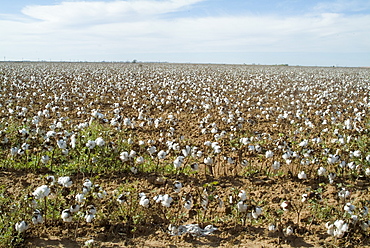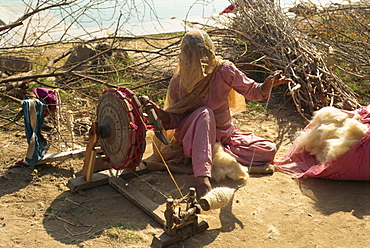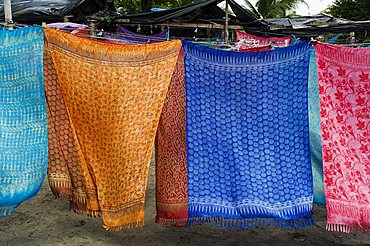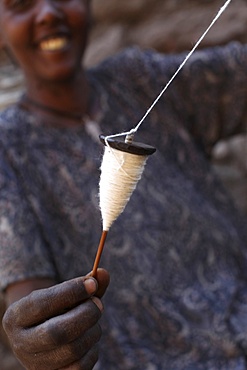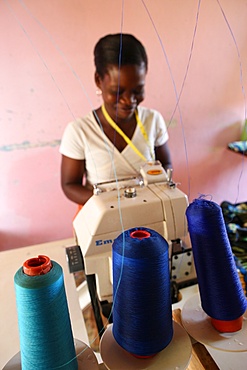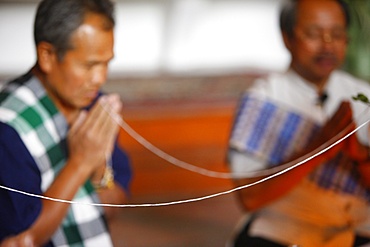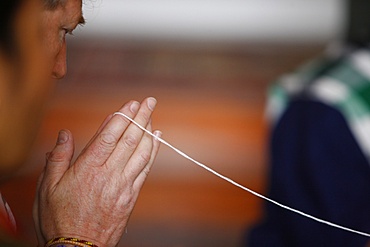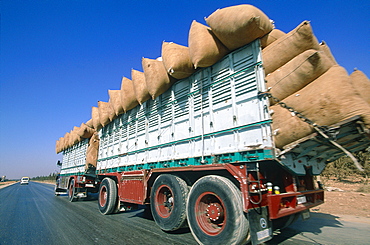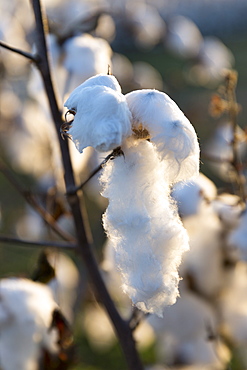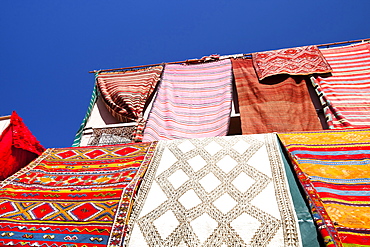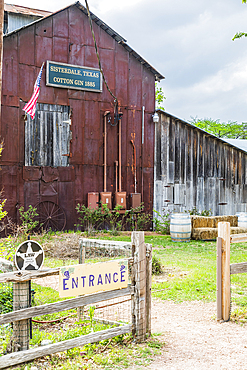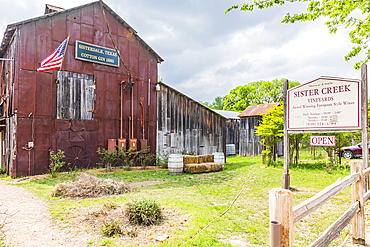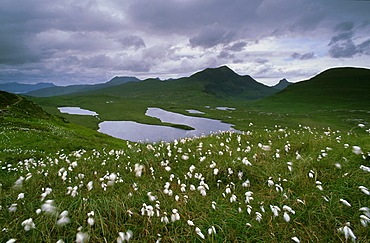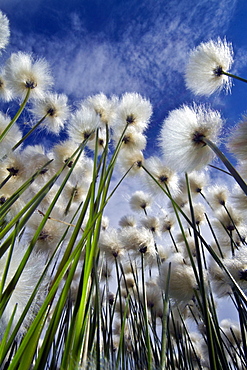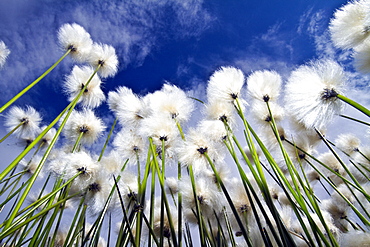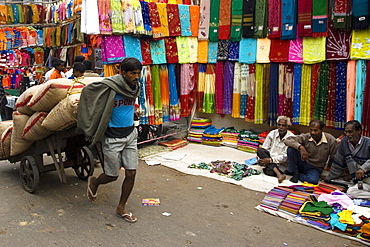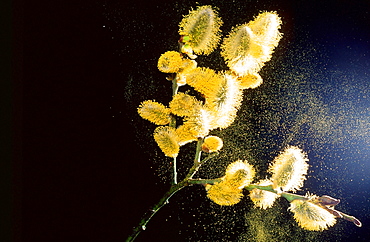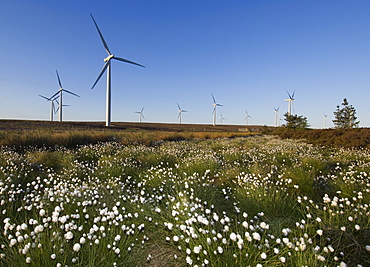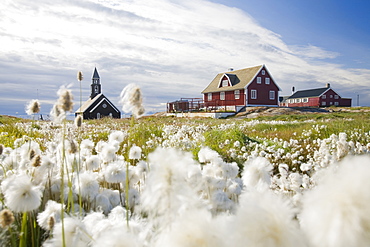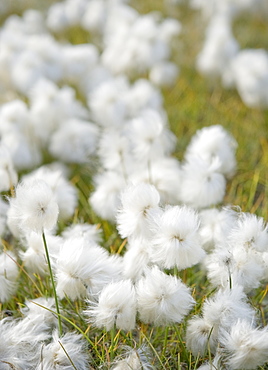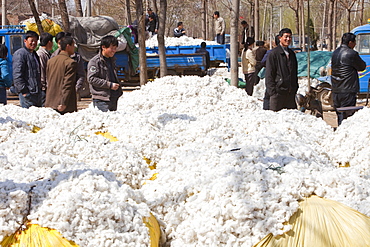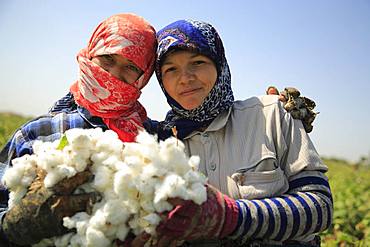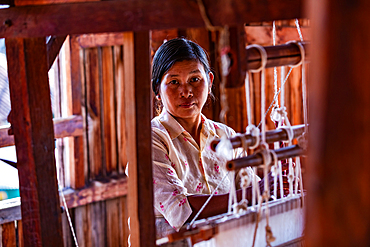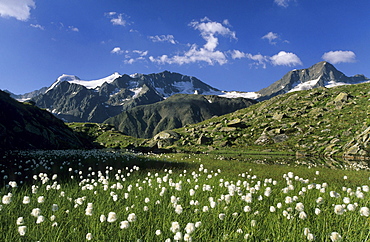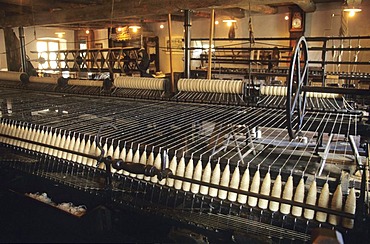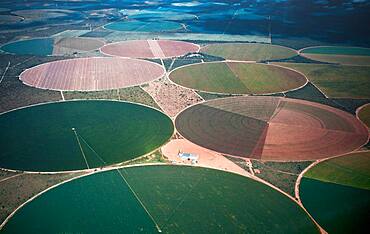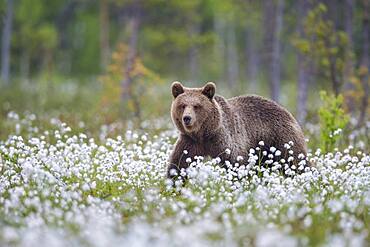Results
« Previous 1 2 3
207 results found
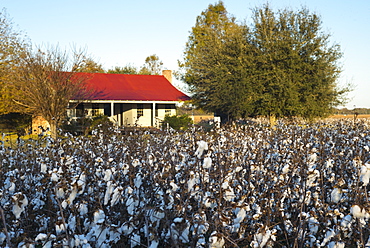
Cotton crop, Gossypium hirsutum, growing in plantation at Frogmore Farm in the Deep South, Ferriday, Louisiana, USA
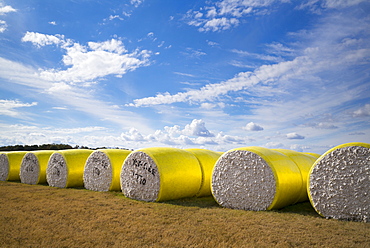
Bales of cotton at plantation along the Mississippi Delta at Tensas Co-op Gin Inc, near Tallulah, Louisiana, USA

Centenary Mill, an old Lancashire cotton mill in Preston, Lancashire, England, United Kingdom, Europe

Cotton growing in California's Central Valley, which is in the grip of a four year long drought. The catastrophic drought means that no crops will grow without increasingly scarce irrigation water. Many areas of farmland have been abandoned due to the drought.
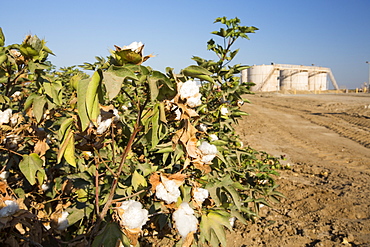
A fracking site being fracked near Wasco in California's Central Valley, USA, next to a farmers Cotton crop. Fracking for natural gas and oil, has reduced energy prices in the US, but fracking is a water hungry industry, that competes directly with the agricultural sector for water. After a 4 year long drought water is running out. Fracking also contaminates ground water supplies from all the chemicals that are pumped underground to frack the fossil fuel bearing rocks.
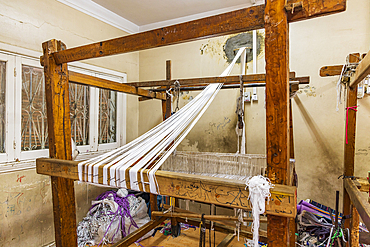
Manshiyat Naser, Garbage City, Cairo, Egypt. February 14, 2022. Loom for weaving recyced cotton in Manshiyat Naser, Garbage City, Cairo.

An old cotton mill converted into housing on the Leeds Liverpool Canal at Bingley, West Yorkshire, England, United Kingdom, Europe

An old cotton mill converted into housing on the Leeds Liverpool Canal at Bingley, West Yorkshire, England, United Kingdom, Europe

Cotton, Parlange plantation, Pointe Coupee, Cajun Country, Louisiana, United States of America, North America
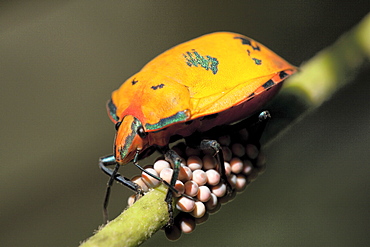
Female cotton harlequin Bug (Tectocoris diophthalmus) guarding her eggs on Coastal Hibiscus, Fingal Heads, New South Wales, Australia, Pacific

Female cotton harlequin bug (Tectocoris diophthalmus) guarding her eggs on Coastal Hibiscus, Fingal Heads, New South Wales, Australia, Pacific

Mexican aztec dress gods at Grand Palladium White Sand Resort and Spa in Riviera Maya, Yucatan Peninsula, Quintana Roo, Caribbean Coast, Mexico.
Aztec clothing was generally loose fitting and did not completely cover the body. When the Spanish arrived in Mexico, the people were surprised to see them in their full armour, with only their faces exposed.
Aztec clothes were generally made of cotton (which was imported) or ayate fiber, made from the Maguey Cactus (also called the Century Plant or American Aloe). Women would weave the fibers into clothing, a task girls were taught as young teenagers. Because of their vast trading network, the Aztecs were able to make use of a beautiful array of dyes, creating the brilliant

Mexican aztec dress gods at Grand Palladium White Sand Resort and Spa in Riviera Maya, Yucatan Peninsula, Quintana Roo, Caribbean Coast, Mexico.
Aztec clothing was generally loose fitting and did not completely cover the body. When the Spanish arrived in Mexico, the people were surprised to see them in their full armour, with only their faces exposed.
Aztec clothes were generally made of cotton (which was imported) or ayate fiber, made from the Maguey Cactus (also called the Century Plant or American Aloe). Women would weave the fibers into clothing, a task girls were taught as young teenagers. Because of their vast trading network, the Aztecs were able to make use of a beautiful array of dyes, creating the brilliant

Syphilis bacterium. Treponema pallidum subsp pallidum on cultures of cotton tail rabbit epithelium cells Sf1Ep
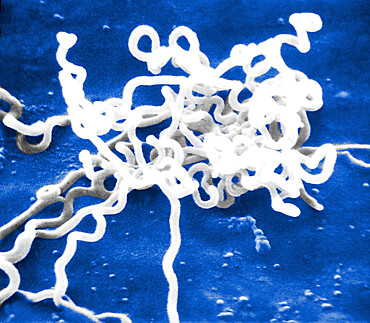
Bacterium responsible for syphilis. Electron micrograph of Treponema pallidum on cultures of cotton-tail rabbit epithelium cells (Sf1Ep).Treponema pallidum is the causative agent of syphilis. In the United States, over 35,600 cases of syphilis were repor

Japanese wearing yukata carrying portable shrine during Sanja Festival in front of Senso-ji Temple, Asakusa, Tokyo, Japan

Visitors in the Art District cotton-spinning mill, from cotton to culture, design festival Designers Open, from 28 till 30 November 2012, Bohemian side of town, Leipzig, Sachsen, Germany

Visitors in the Art District cotton-spinning mill, from cotton to culture, design festival Designers Open, from 28 till 30 November 2012, Bohemian side of town, Leipzig, Sachsen, Germany
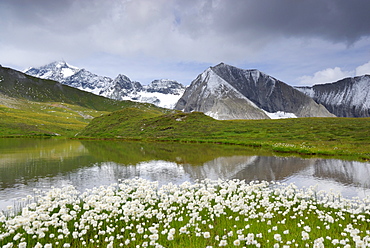
lake with cotton grass after strom, Grossglockner and Schwerteck in background, Hohe Tauern range, National Park Hohe Tauern, East Tyrol, Austria
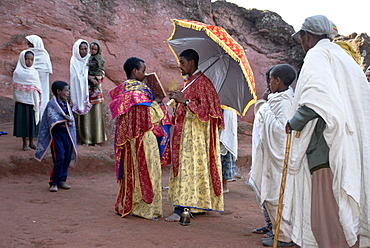
Ethiopian Orthodox Christianity priest reads out of the holy bible with believers in front of the rock hewn church Beta Marqorewos Lalibela Ethiopia
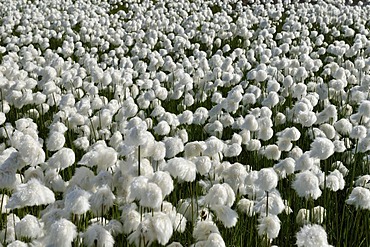
Field of Cottongrass (Eriophorum), Torngat Mountains National Park, Newfoundland and Labrador, Canada, Arctic

Boardwalk in the Naturschutzgebiet Dosenmoor nature reserve, regenerating and partially preserved bog, Kreis Neumuenster county, Schleswig-Holstein, Germany, Europe

Boardwalk in the Naturschutzgebiet Dosenmoor nature reserve, regenerating and partially preserved bog, Kreis Neumuenster county, Schleswig-Holstein, Germany, Europe

Yarn bobbins, Saint Jean tapestery factory, Aubusson tapestry work is listed as immaterial UNESCO World Heritage, Manufacture Saint-Jean, Creuse, Limousin, France, Europe
